Hong Kong Defends Currency Peg with $149 Billion Injection as Asian Currencies Rebound
In a decisive move to uphold its decades-old currency peg, the Hong Kong Monetary Authority (HKMA) injected HKD 116.614 billion (approx. USD 14.9 billion) into the financial system over three rounds of intervention, as the Hong Kong dollar (HKD) repeatedly tested the strong-side Convertibility Undertaking (CU) of 7.75 per U.S. dollar.
The interventions—prompted by sustained HKD strength and increased USD selling—coincided with broader regional trends. A weakening greenback, coupled with growing expectations of a recalibration in U.S. trade and tariff policy, has led to renewed strength in several Asian currencies. The HKD, which is pegged in a narrow trading band between 7.75 and 7.85, touched the strong end of the range for the first time since 2020.
Following the latest FX operations, the HKMA announced that the Aggregate Balance—the sum of balances held by banks in their clearing accounts with the authority—will surge to HKD 1,613.84 billion on May 7. This marks the highest level in recent memory and reflects a substantial increase in banking system liquidity.

Strength in the Peg, Weakness in the Dollar
The HKD's persistent strength has been partly fueled by investment-related inflows and favorable interest rate differentials. “As long as short-term capital keeps flowing in, the HKD will remain pinned to the strong-side CU,” noted a fixed-income strategist at a global bank in Central.
The US dollar has been on the defensive amid signs that Washington may revisit its trade posture with major partners, potentially softening its stance on tariffs and reshaping global capital flows. This narrative has intensified buying pressure on Asian currencies, many of which are tied to export-driven economies.
But for policymakers in Hong Kong and across Asia, currency appreciation is a double-edged sword. While a stronger currency can lower import costs and attract overseas capital, it can also erode export competitiveness—a crucial concern for regional economies still recovering from pandemic-era shocks.
Exporters Face Currency Dilemma
“Hong Kong’s exporters, especially those in the electronics and light manufacturing sectors, are particularly exposed,” said Dr. Vincent Ng, Associate Professor of International Finance at the Chinese University of Hong Kong. “Their margins are razor-thin, and a persistently strong HKD could prompt some to consider shifting settlement currencies or hedging strategies.”
The dilemma is not unique to Hong Kong. Across Asia, central banks have adopted varying degrees of FX intervention to prevent runaway currency gains. According to BIS data, the Korean won, Singapore dollar, and Taiwanese dollar have each posted modest year-to-date appreciations against the USD, highlighting a region-wide sensitivity to U.S. monetary shifts.
Corporate Strategy Adjustments
Some corporates are adjusting financing tactics in light of the HKD-USD dynamics. Swire Pacific Ltd., a major Hong Kong-based conglomerate, reportedly expanded its USD term-loan facilities in April, citing “advantageous HKD–USD swap spreads” in its internal treasury communications. For companies with revenue in HKD and debt in USD, current market conditions offer a rare opportunity to rebalance liabilities at favorable exchange rates.
Analysts also point to increased activity in the offshore CNH market, where Chinese corporates may be looking to arbitrage interest rate differentials amid broader regional currency moves.
Maintaining the Peg: A Policy Cornerstone
Despite occasional market speculation, the HKMA has remained unequivocal in its commitment to the Linked Exchange Rate System (LERS), which has anchored investor confidence for over four decades. “The peg is not only a monetary tool; it is a symbol of Hong Kong's financial resilience,” said a former HKMA deputy chief.
The LERS operates under a currency board arrangement, meaning that every HKD in circulation is backed by equivalent USD reserves. The system enforces automatic stabilization by obliging the HKMA to buy or sell USD when the exchange rate hits either side of the 7.75–7.85 band.
Why It Matters for Global Investors
For multinational corporates and cross-border investors, the HKMA's recent moves offer a signal of policy continuity amid shifting macroeconomic tides. With the U.S. Federal Reserve's interest rate outlook still uncertain and geopolitical risks clouding the global trade horizon, Hong Kong's firm defense of its peg underscores the territory's role as a stable financial node in the region.
From a portfolio perspective, rising HKD liquidity may compress interbank rates, impacting carry trade strategies and short-term yield products denominated in HKD. Institutional investors active in bond markets or FX swaps should monitor the pace and scale of future interventions, as they can influence volatility expectations and hedging costs.
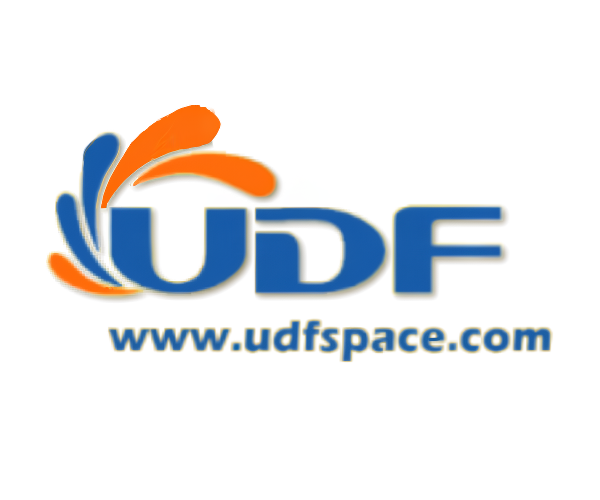







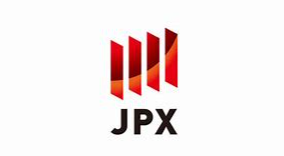
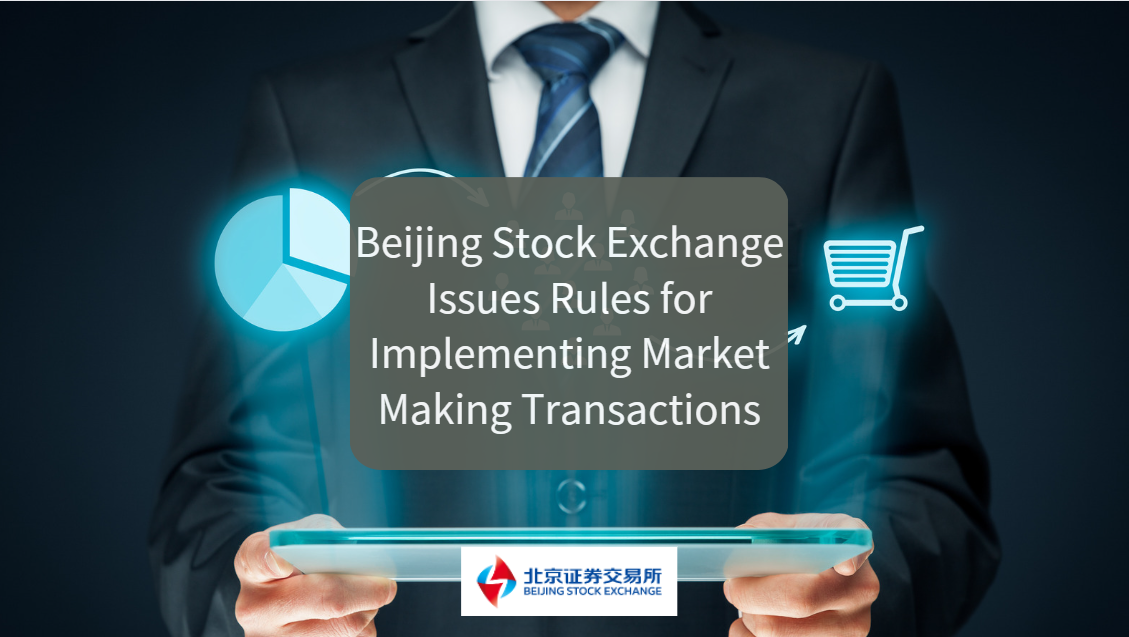
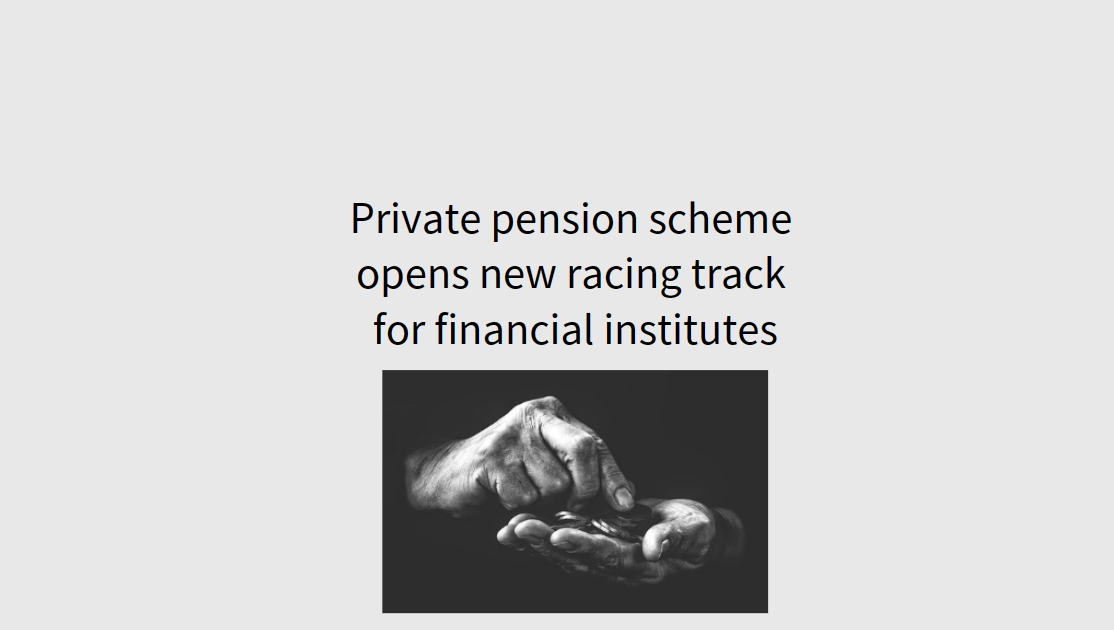
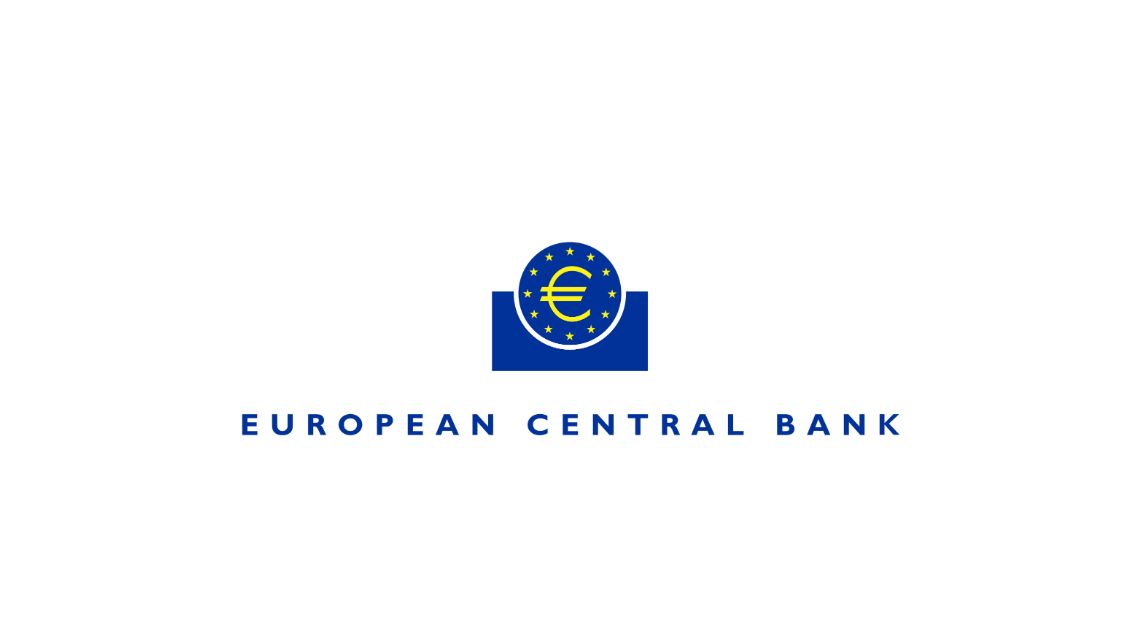
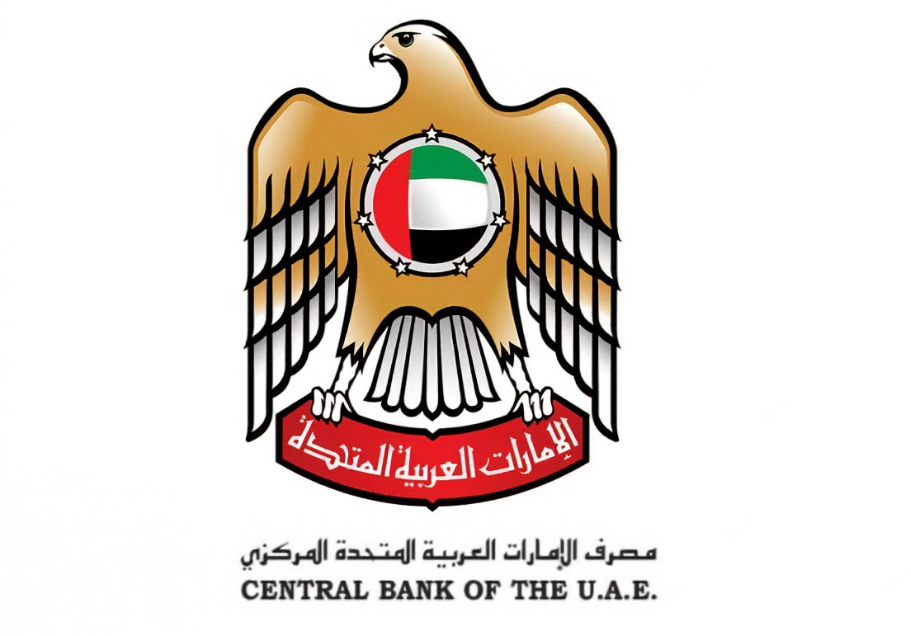
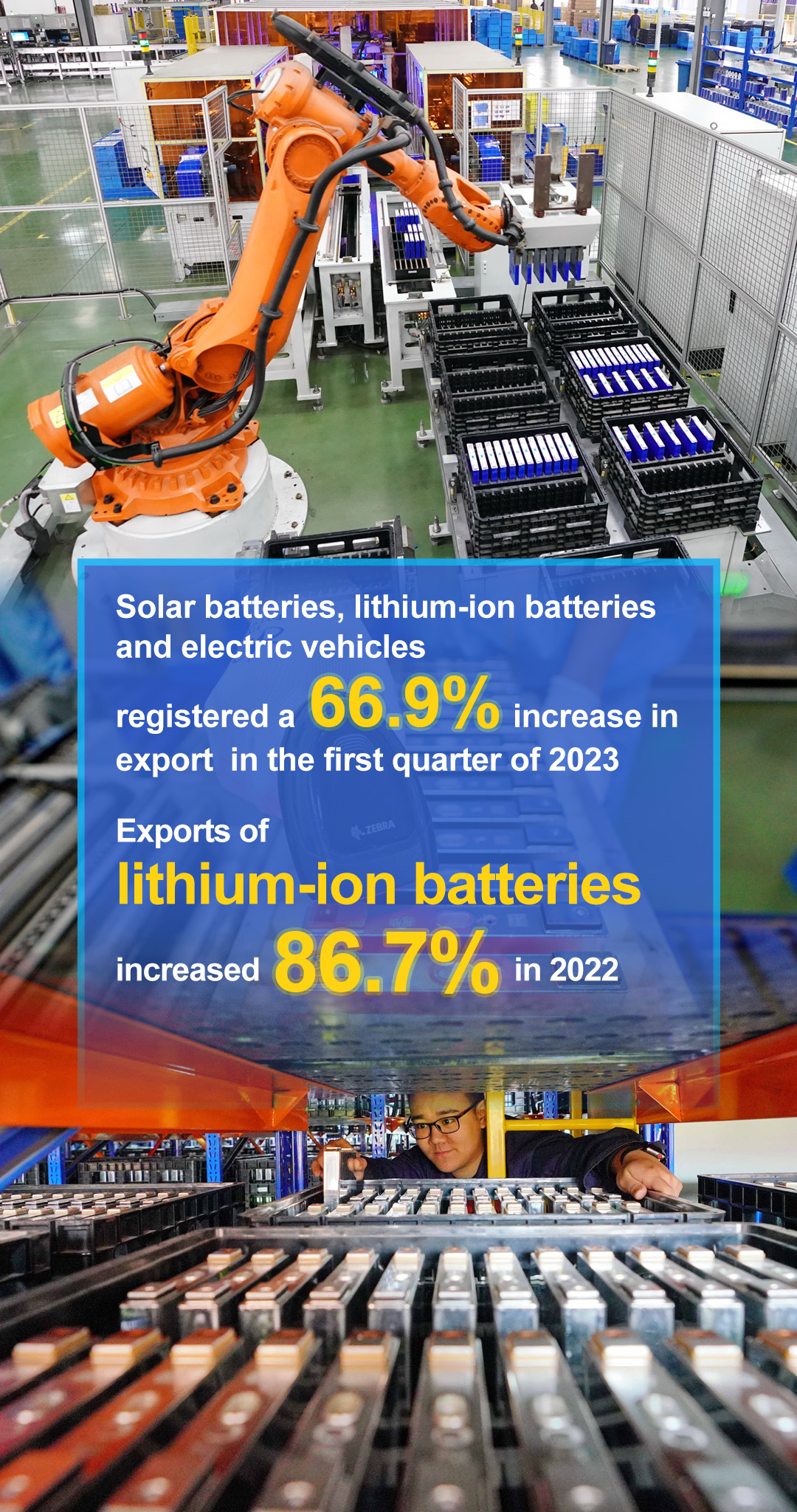
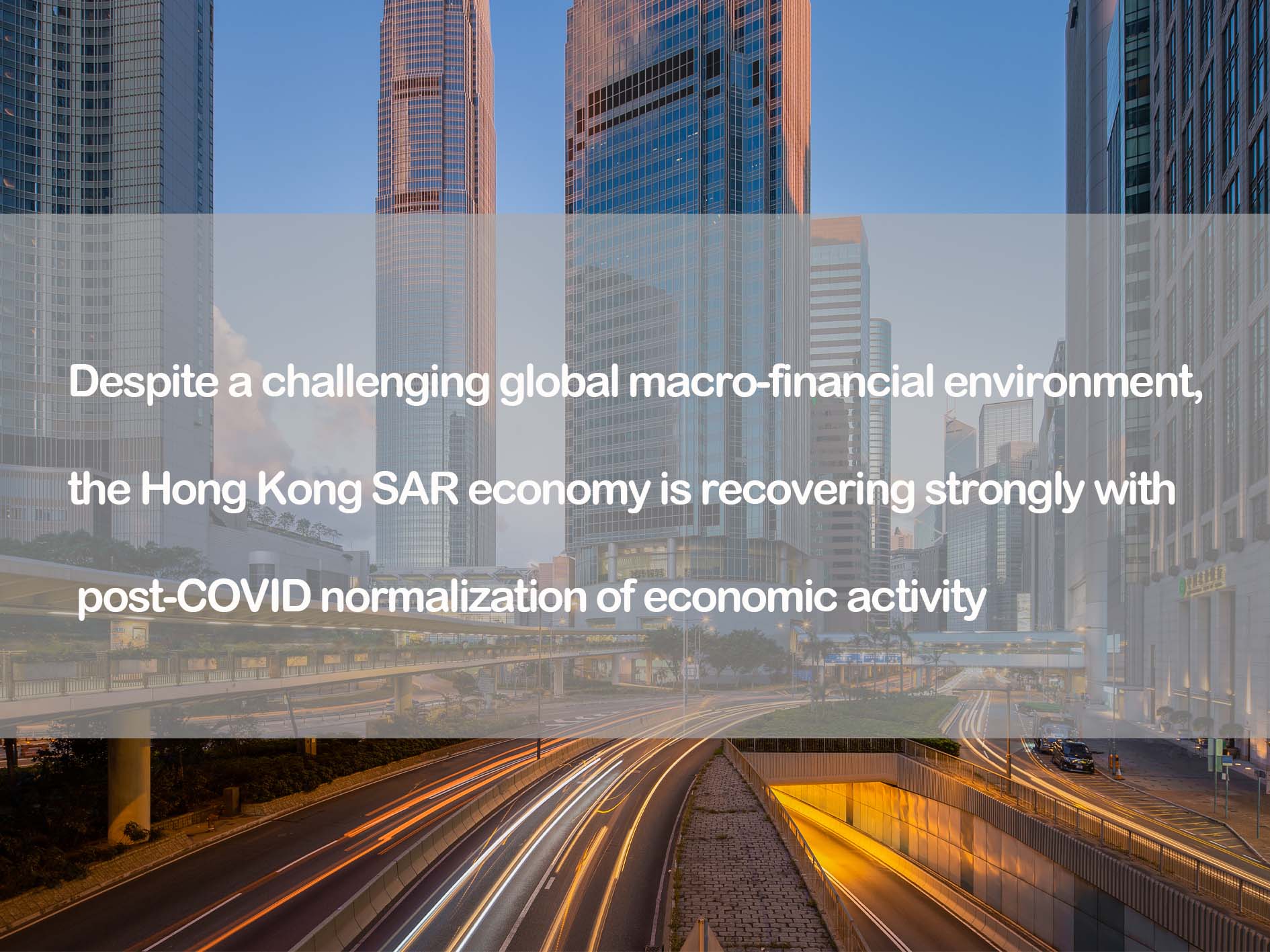


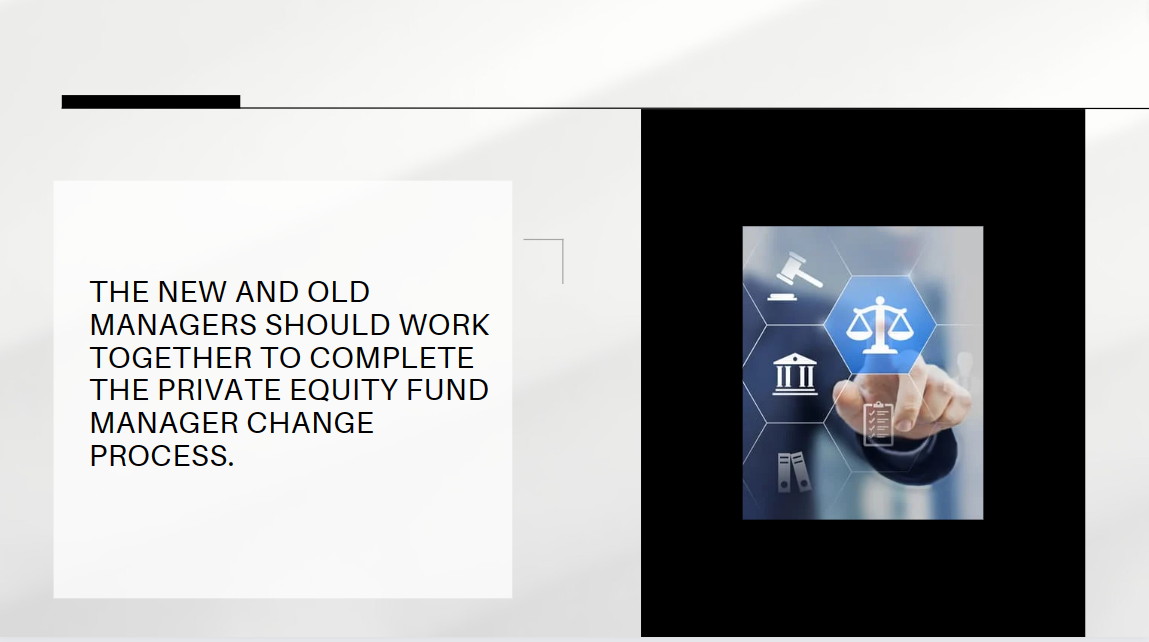
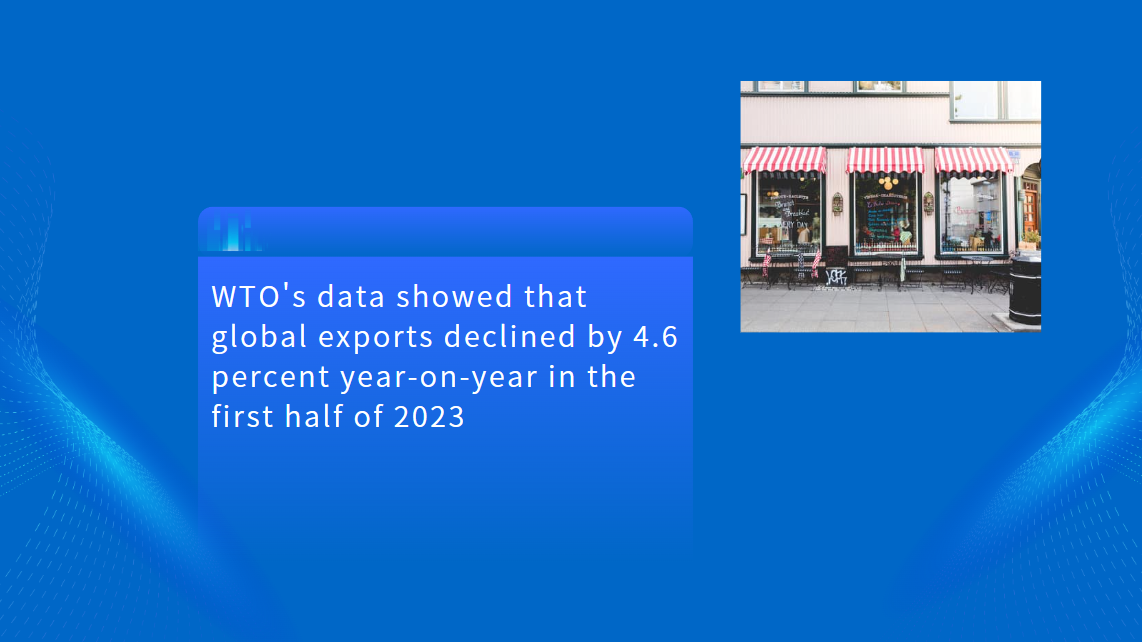
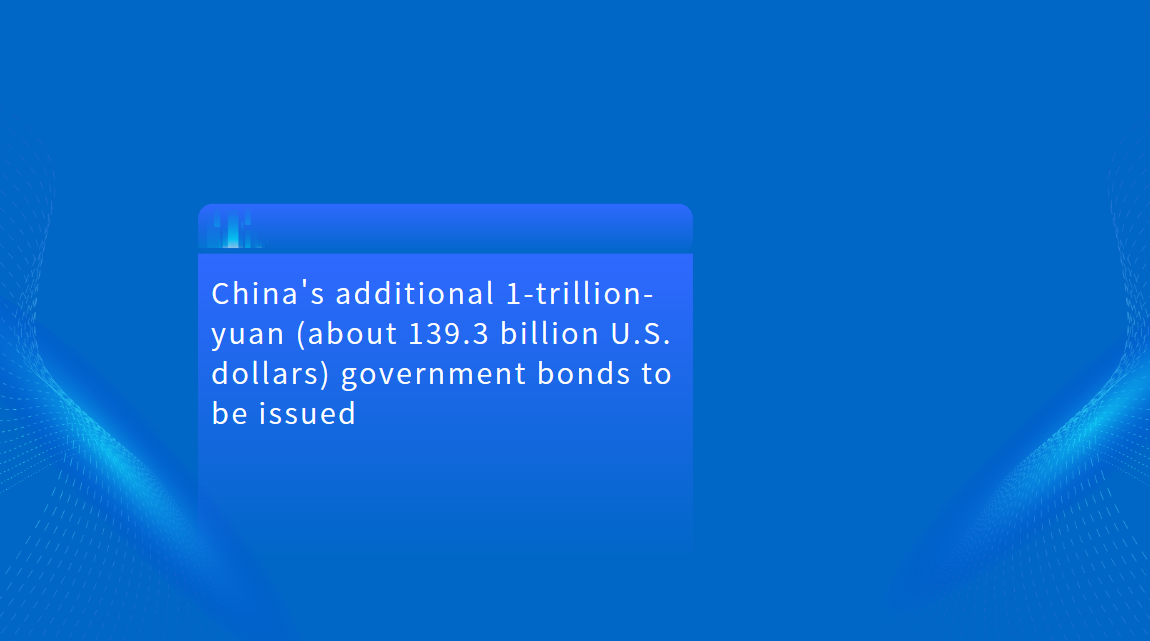

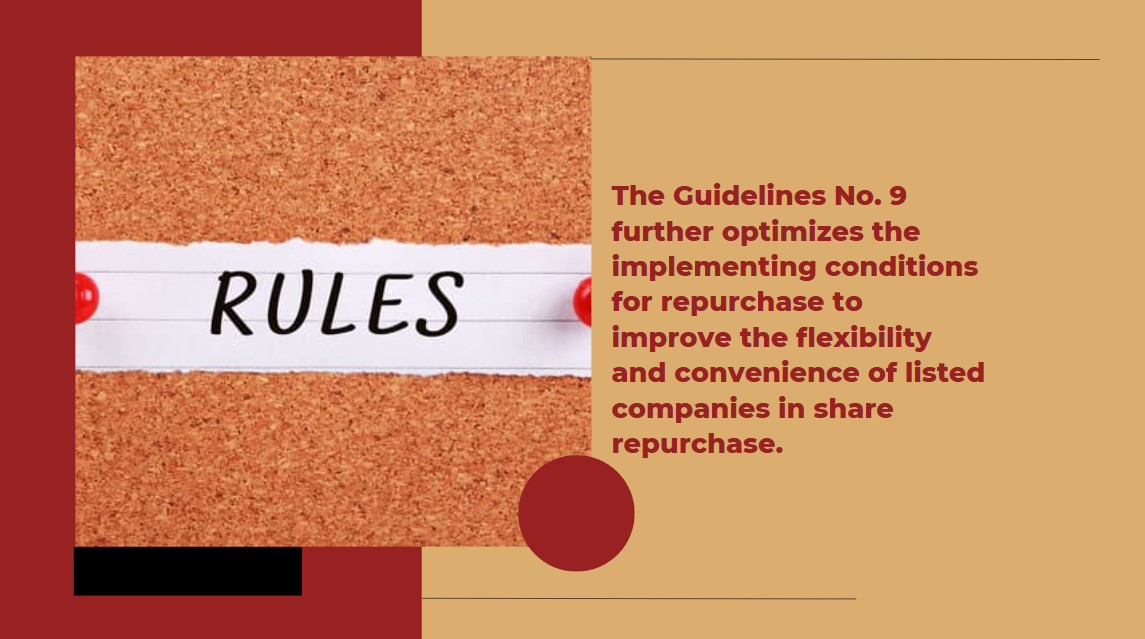


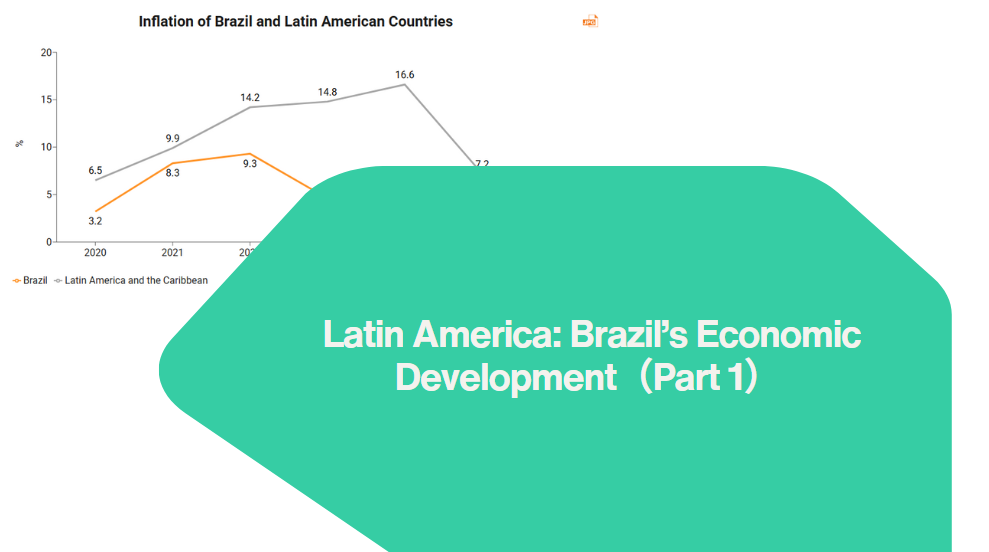
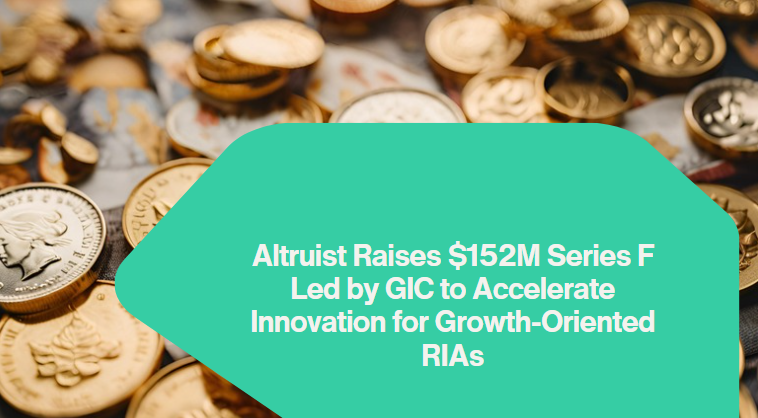
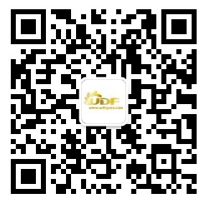
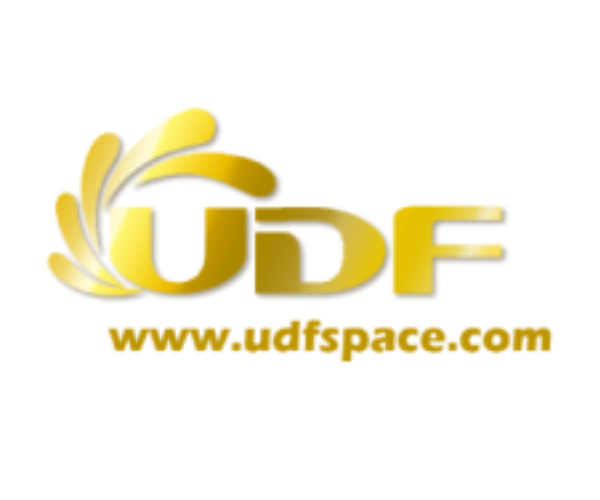









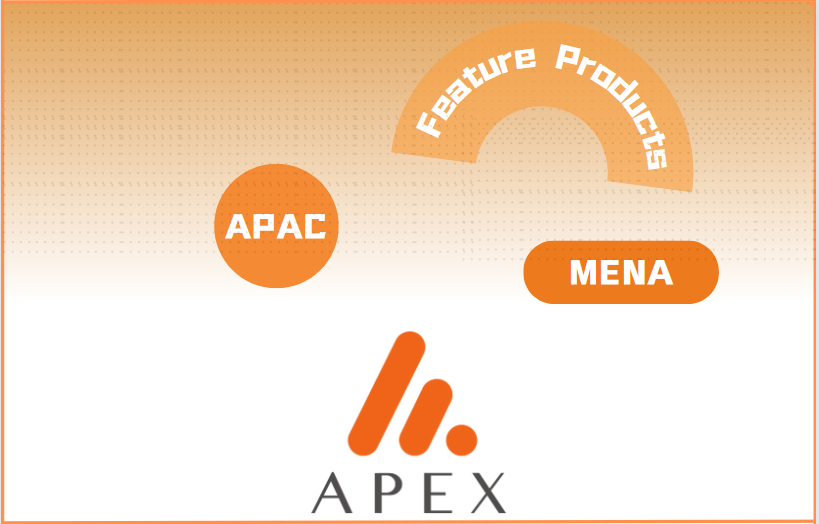
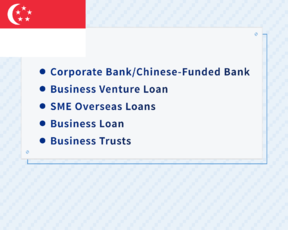

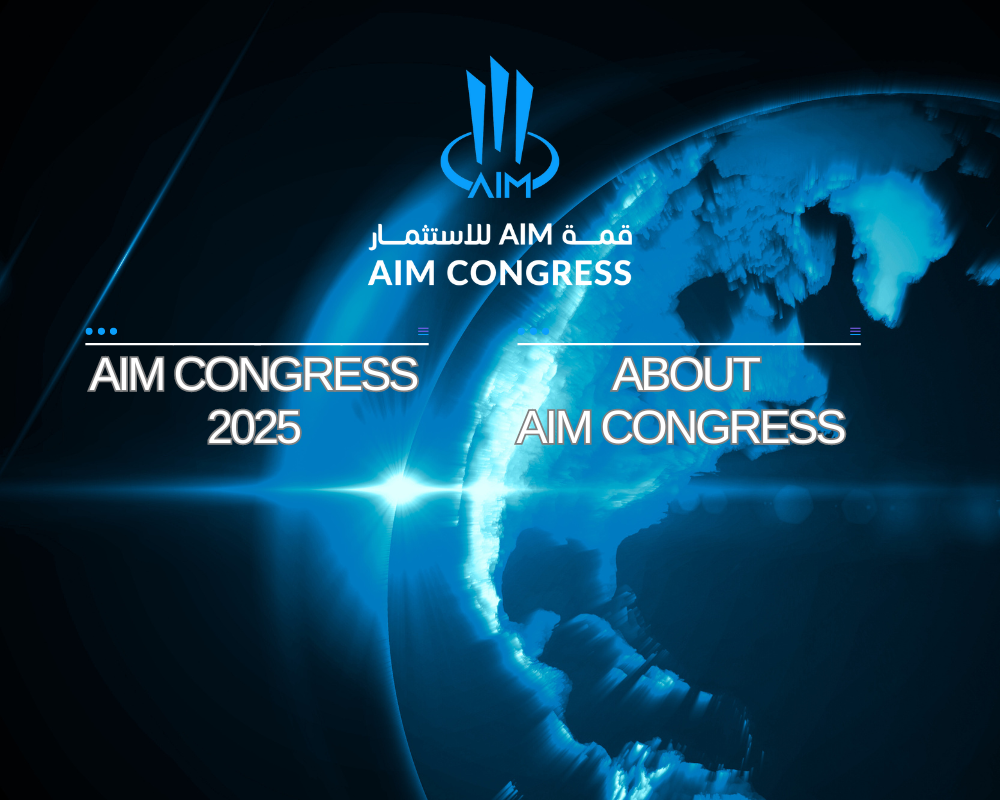










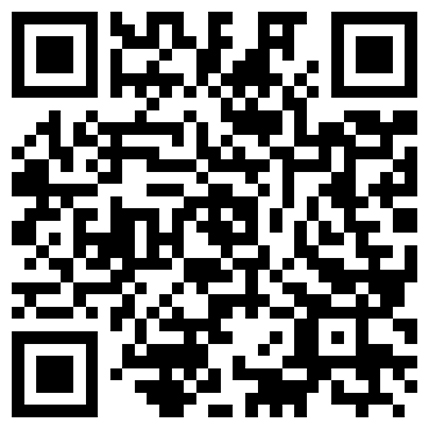
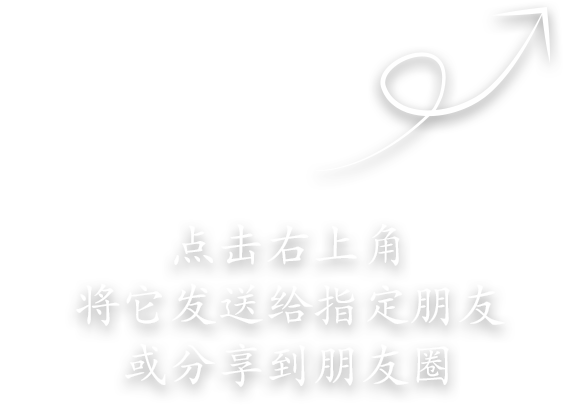
First, please LoginComment After ~